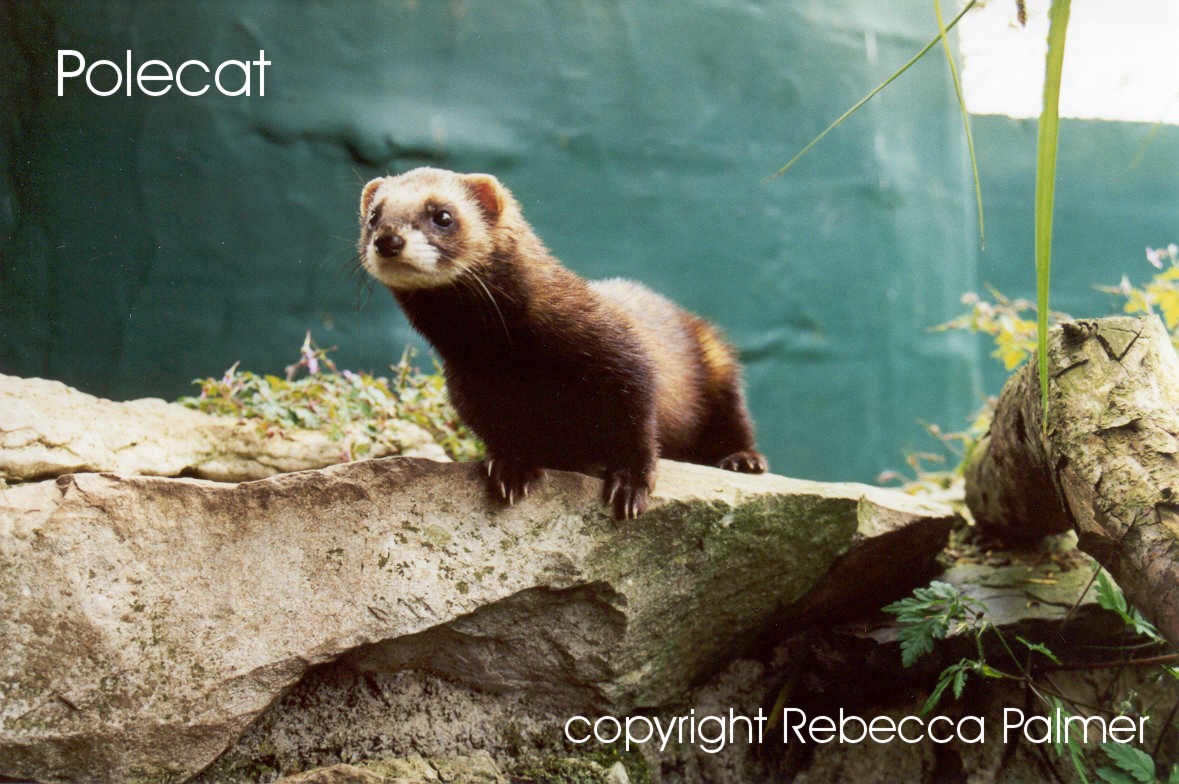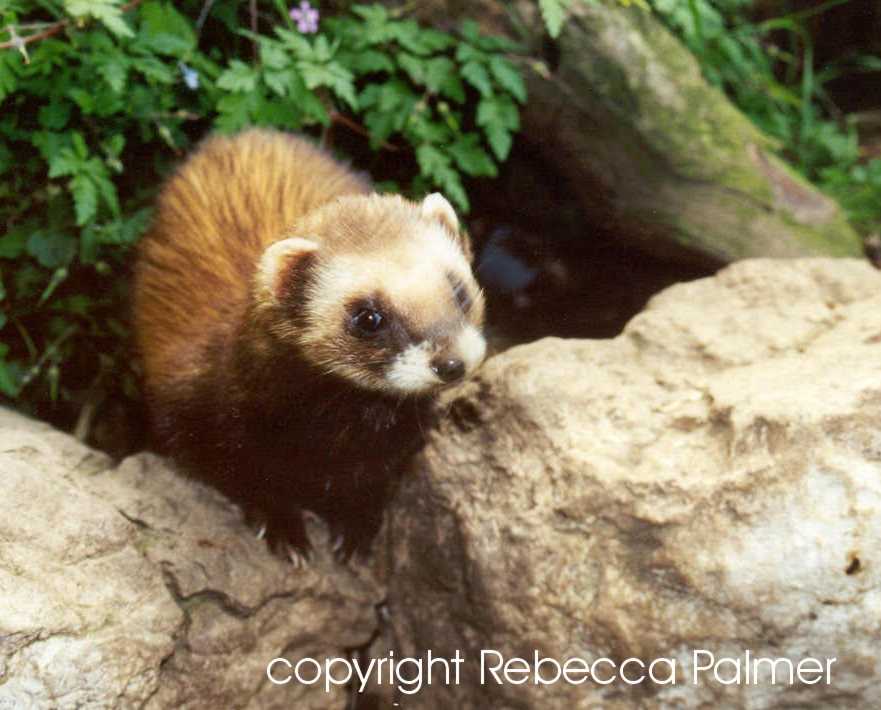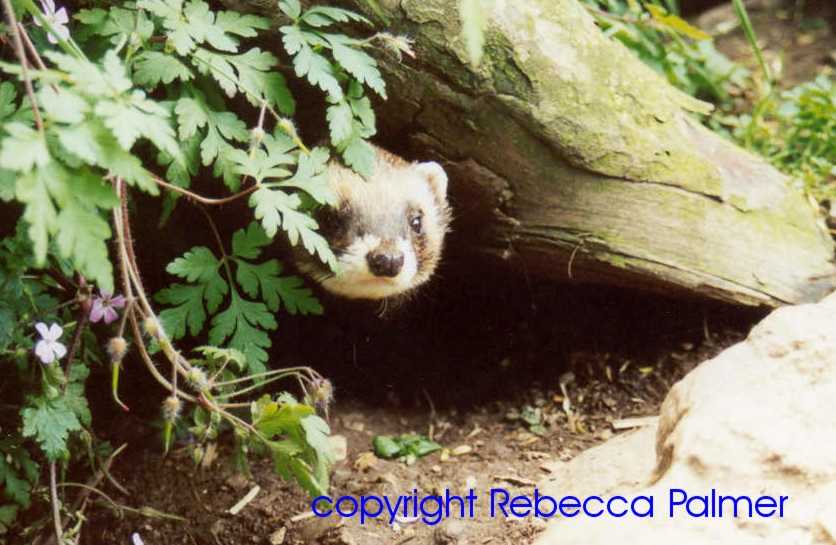
 |
WELCOME TO CHESHIRE BIODIVERSITY
|
|
| HOME | INTRODUCTION | SPECIES | HABITATS | PARTNERS | WHAT'S NEW | WHAT'S ON | OTHER INFO |
None
 Current
Status
Current
Status The polecat is a species "of some conservation significance" (Birks 1997). Historically, it has experienced conflict with poultry and game keeping bodies since the Middle Ages, but now enjoys legal protection from killing and trapping under Schedule 6 of The Wildlife and Countryside Act (1981).
The polecat is a native British mammal, the species found in Britain being the European or Western polecat. Despite it's name, the polecat is a member of the weasel family, the Mustelidae. Up to the middle of the last century they were reported as common and widespread throughout the British mainland. The advent of game shooting and its management led to a sharp decline in the status of the polecat, reducing its population to a small isolated area of Mid Wales. Due to a decline in trapping during the 20th century, the polecat population in Britain has increased. It has become more common in Wales and now populates every Welsh county, apart from Anglesey, and is starting to recolonise border counties, including the Cheshire region where it has not lived since the 1890s. The Cheshire Wildlife Trust have been closely monitoring the population.
 |
 |
OBJECTIVES |
LOCAL TARGETS |
|
To encourage the natural recolonisation of the polecat in the Cheshire region and to monitor and conserve existing population numbers towards a sustainable population. |
Targets awaited |
ACTIONS REQUIRED |
|
|
|
|
1997-2006 Action Completed |
|
Results of the last
Mammal Society Polecat survey - www.abdn.ac.uk/mammal/polecat_survey.shtml
Vincent Wildlife Trust - www.vwt.org.uk
BBC Wildfacts website - www.bbc.co.uk/nature/wildfacts/factfiles/274.shtml
CWT
2006 Polecat report
CWT article ' The
return of the Bandit'
Join Cheshire Mammal Group. More information can be found at http://www.consult-eco.ndirect.co.uk/lrc/mamg.htm
If you see a polecat please fill in the CWT online polecat reporting form at www.wildlifetrust.org.uk/cheshire/proj_polecat_sighting.htm
| LBAP Chair | Sue
Tatman, Cheshire Wildlife Trust Phone: 01948 820728 |
Birks, J. (1997):
Mammal Society Conference Talk, St Andrews, (draft copy).
Birks, J. (1993): The Return of the Polecat, British Wildlife.
Birks, J. (1996): The Rise of the Polecat, Natural World.
| HOME | INTRODUCTION | SPECIES | HABITATS | PARTNERS | WHAT'S NEW | WHAT'S ON | OTHER INFO |
|